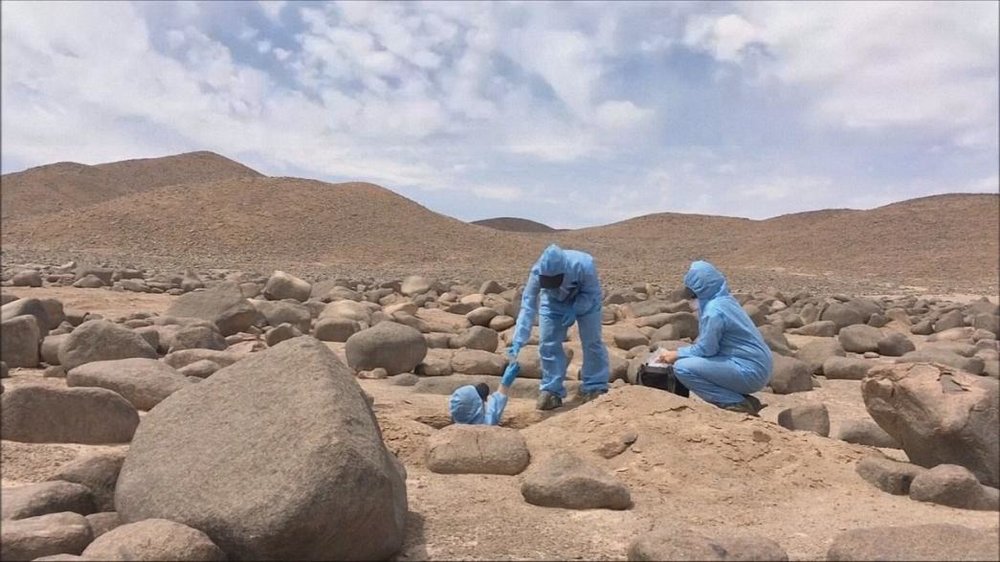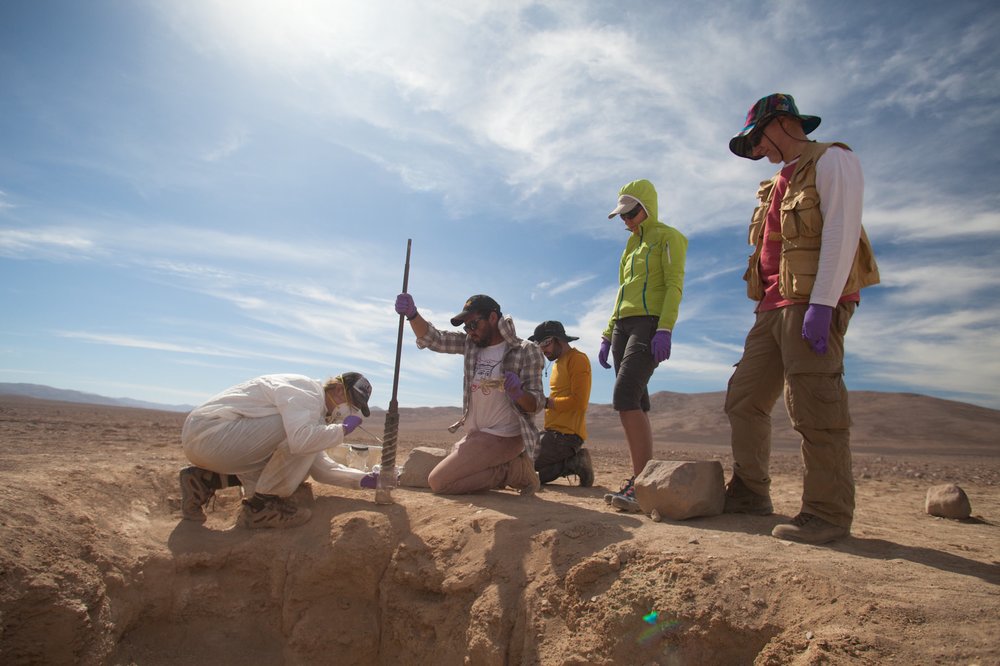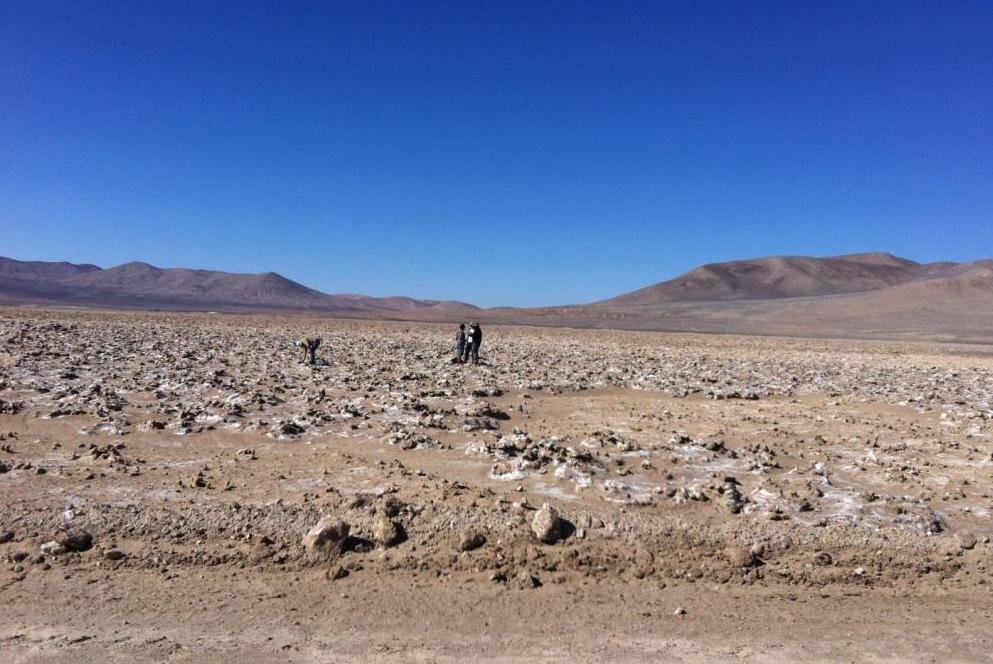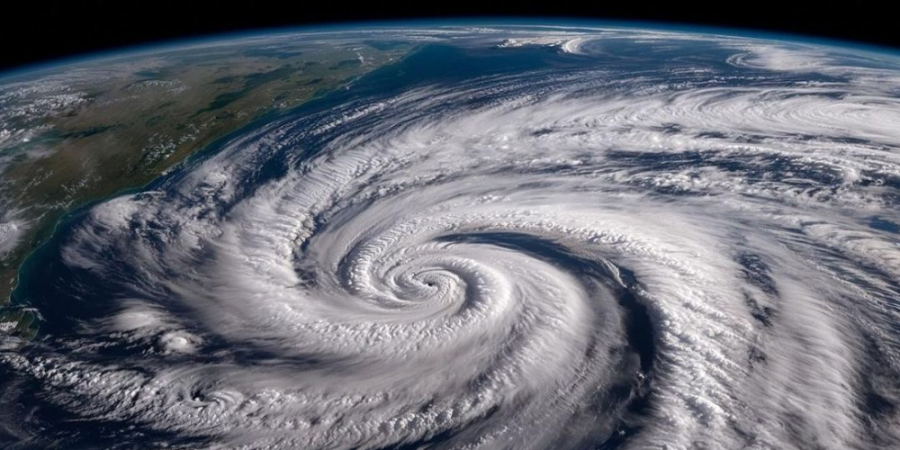In the extremely arid heart of Chile’s Atacama Desert, a land considered most akin to the red planet due to its harsh weather and dry soil, life continues to persevere despite the extreme conditions. The new discovery of tough bacterial strains on Earth’s most Mars-like area have made scientists hopeful that life could also be possible on our neighboring planet.
Possibility of Life on Red Planet
After a recent breakthrough made on Earth’s most arid desert, many experts are convinced that life could flourish on Mars, and some even think that there is a possibility that the Red Planet could be harboring life right now. A strange strain of bacteria in Atacama Desert of Chile can survive for decades without rain and can be reactivated once it comes into contact with moisture.

Scientists say Atacama desert could hold the secrets of life on Red planet
Due to the shortage of moisture in the desert, Atacama is considered is the most barren land on Earth which can go for decades without rain. Scientists have also compared the desert’s terrain and harsh weather to our Earth’s neighboring Red Planet where microbial life could be flourishing under the barren surface.
The findings were first published in Proceedings of the National Academy of Sciences where the author of the research and planetary scientist, Dirk Schulze-Makuch, explained that if anyone wished to look for signs of life on Mars, they must start by observing places on Earth which are considered ‘impossible’ for survival. Dirk says that he has been fascinated by how life somehow manages to thrive even in the harshest of conditions, like that of Atacama Desert, and his research is proof that microbial life could be hanging in on Mars, waiting to be ‘reactivated’ in a similar manner.
Bacteria Able to Survive for Decades Without Moisture
When the bacteria were first found hidden in the dry, rocky terrain of the Atacama Desert, scientists weren’t sure where they had come from. Many experts, who considered the area to be too inhospitable for harboring life, believed that the microorganisms could have been blown in from somewhere else. Surprisingly, the bacteria had been found in the rock samples from several different locations in the desert over the course of two year. This proves that the strange single-celled organisms had been residing inactively in the dry soil for decades.

The study on Atacama Desert offers a glimpse of what life on Red planed could be
The bacterium is only activated when the desert gets rain, but once the moisture leaves the soil, the microorganisms returns to its dormant state, where it can stay for decades without water. Scientists also discovered that the bacteria had slowly evolved in the desert to better adapt to its inhabitable conditions.
Dirk says that many discoveries of bacteria in extremely dry conditions have been made in the past, but none of the strains have been able to survive in the extreme surrounding for long. This is the first time that a bacterial strain has been found surviving in a persistent form in the Atacama Desert for decades.
Evolution of Microbial Strains to Survive in Extreme Conditions
The author of the research speculated that the microbial strains similar to those found in the Atacama Desert are able to stay inactive in harsh conditions for years, decades and even centuries until the surrounding conditions become more habitable.

Captured: Atacama Desert, 2018
If life had once existed on Mars due to the presence of oceans and lakes, there is a chance that the then-thriving bacteria evolved with the changing environment and developed genetic characteristics to help them survive in harsh conditions as the oceans on the Red Planet slowly dried out. If the microbes on Mars have any resemblance to those found in Atacama Desert, our neighboring planet could be concealing secrets of dormant life underneath its red soil. The nightly snowfalls, foggy atmosphere and the salty rocks could be sustaining the microbial life on Mars.
Scientists from the German Research Center say that even if life does exist on Mars in the form of tough bacterial strains, it is highly unlikely that they would exist on the surface of the Martian soil since the deadly radiations from the sun could kill them off easily. There have already been discoveries of frozen water hidden deep inside the planet’s subsurface niches and there is a possibility that other microbial strains are also existing close to the moisture.










